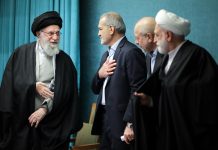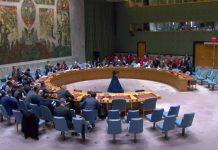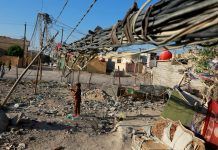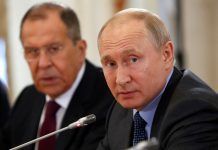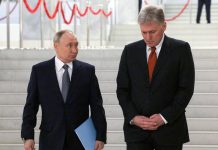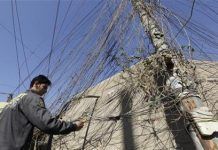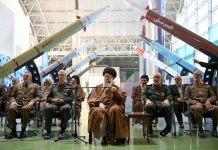LONDON, Feb 4 (Reuters) – U.S. President Donald Trump on Tuesday restored his “maximum pressure” campaign on Iran that includes efforts to drive its oil exports down to zero in order to stop Tehran from obtaining a nuclear weapon.
Such a move would reduce crude supply, boosting oil prices and creating the need for others to pump more.
Saudi Arabia and fellow members of the Organization of the Petroleum Exporting Countries, the United Arab Emirates, Iraq and Kuwait between them hold almost all the world’s spare oil production capacity – idle output that can be brought online in times of war or natural disasters.
Here are some facts about Saudi and global spare capacity:
HOW MUCH IS THERE?
The International Energy Agency estimates that OPEC’s total spare capacity is 5.3 million bpd, of which 3.1 million bpd is held by Saudi Arabia, 1.1 million bpd by the UAE, 600,000 bpd by Iraq and 400,000 bpd by Kuwait.
The total is equal to about 5.1% of world oil demand, expected by the IEA to average almost 104 million bpd in 2025.
Spare capacity is held by the largest producers in OPEC as well as some of their allies as a consequence of their decisions to cut supply to the world market due to rising output from non-allied producers such as the U.S., Brazil and Guyana.
OPEC+, which includes OPEC, Russia and their allies, has deepened cuts, reducing production by almost 6 million bpd in a series of steps since 2022 to support the market.
The latest OPEC+ cut of 2.2 million bpd, of which Saudi Arabia is contributing 1 million bpd, remains in place for the first quarter of 2025.
OUTSIDE OPEC
Outside OPEC, spare capacity is limited. The IEA estimates Russia has sustainable capacity of 9.8 million bpd, about 520,000 bpd more than it produced in December.
Kazakhstan, also a member of OPEC+, has 200,000 bpd of idle output capacity, according to the IEA, and another member Oman holds 100,000 bpd.
OIL’S CENTRAL BANKER
As the world’s largest holder of spare capacity, Saudi Arabia derives international influence from a role often described as the oil market’s equivalent of a central banker.
The kingdom is uniquely able to add supplies to oil markets in time of need. It has also shown there is a limit to how much it is prepared to cut to support the market when other producers are pumping more.
Saudi Arabia tapped spare capacity to pump more in a brief price war with Russia for market share in 2020.
The kingdom briefly raised production above 12 million bpd and also tapped into its vast storage around the world. Today, the kingdom is pumping around 9 million bpd.
IMPACT ON PRICES
The level of spare capacity – or the perception of how much is available – can influence world oil prices.
Ample spare capacity has been cited as a dampening factor on prices by some analysts in recent months.
Skepticism over how much spare capacity there is usually grows at times of high oil prices and strained global production, such as in 2022 when Russia invaded Ukraine.
(Compiled by Alex Lawler; Editing by David Gregorio)

